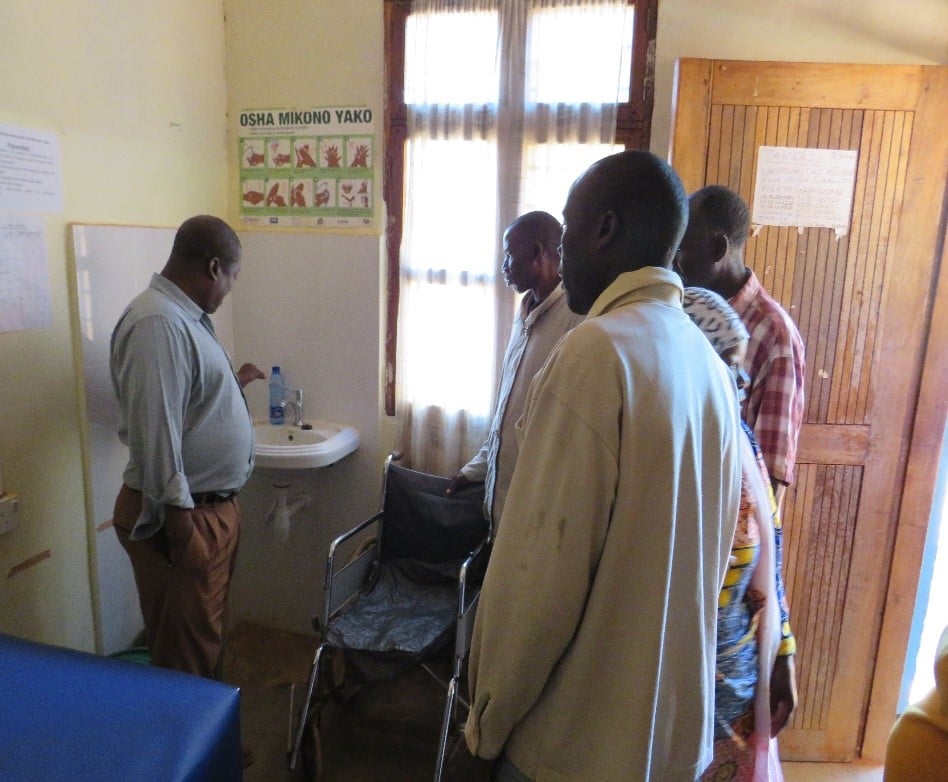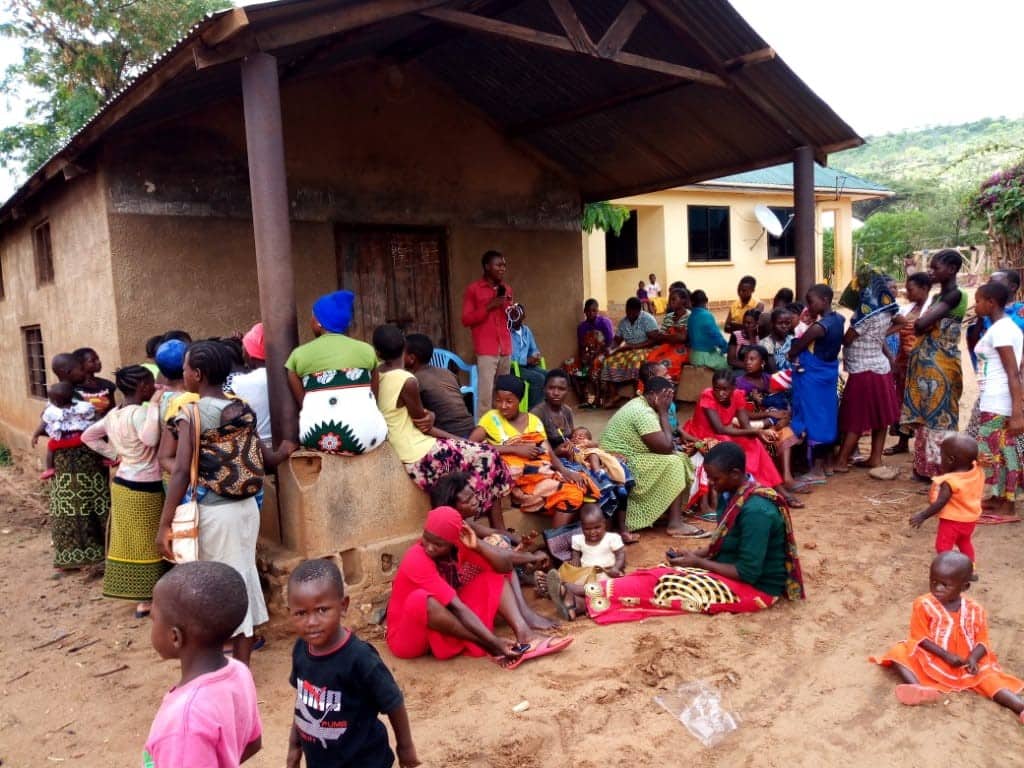Putting Citizens at the Centre of Project Sustainability
My village, Lukole has set up a Joint Working Group that functions as a problem-solving platform in my community. This has helped in addressing challenges in the project. The village leaders in my community were positive about the idea of having a joint working group which would bring people together. Most importantly, having a diverse representation of people from all groups including people living with disability, women, and Youth.
The health facility in my community is particularly important because it is the only health facility available and everyone depends on it for health services. For this reason, MKAJI project’s water facilities which were installed in the health centre needs regular maintenance so that everyone can benefit from it. As community monitors, we work alongside our village leadership. We have dedicated time to look after the infrastructures and services provided in this health facility.
In order to maintain and track the progress of this project, we as citizens have ensured that all information regarding the project is shared with the public and everyone regardless of their background, age, sex and physical appearance understand the project and how the community should be involved.
How do citizens get feedback from the Joint Working Group in Lukole village, Mpwapwa District?
It is encouraging to see my village leaders holding community meetings in my village. Before understanding how the Community Integrity Building (CIB) model worked it was difficult to ensure attendance of community members in the meeting. This model has helped in raising awareness to the community and understanding the roles and responsibilities of each member of the community.
The Joint Working Group is composed of eight representatives which includes; village leaders, women representatives, youth representative and people living with disabilities. The village leader chair the meetings and provide feedback to the entire community. Once the feedback has been given, the community members have the opportunity to ask further questions, each question is discussed openly with the other attendees.
The Joint Working Group keeps record of meeting minutes. This information is filed with open access, enabling any member of the community to view what was discussed, including the outcomes of each point. This also provides the community with the opportunity to ask further questions regarding the outcomes discussed.
During the village quarterly community meeting, members are given the opportunity to discuss and provide feedback concerning anything from the joint working group meeting.
How do you ensure the Community Integrity Building model is sustainable in your community?As a community monitor, I am committed to volunteering in my village as I want to see continued positive change.
The Joint Working Group understands that it is their responsibility to maintain this way of monitoring projects in their community for the sake of future generations. Village leaders are also educated on how important it is to include marginalised groups in decision making processes about the future of the projects in their community.
This way of engaging everyone in decision making helps the community build trust and ensures transparency in their leaders. The engagement of citizens in community social monitoring is vital and gives citizens the power in decision making, this brings every ones’ ideas into place. I am sure that through the work of Joint Working Groups we as community will see more project sustainable.
I would like to see the Joint Working Group receive more training around the CIB model and inclusive working methods. I hope that this approach of monitoring projects continues and grows, to enable the sustainability of other projects in our community.
Words by Bakhresa Salim Salim, Community Monitor, Lukole Village, Mpwapwa District, Dodoma.





